1. Burrata Cheese
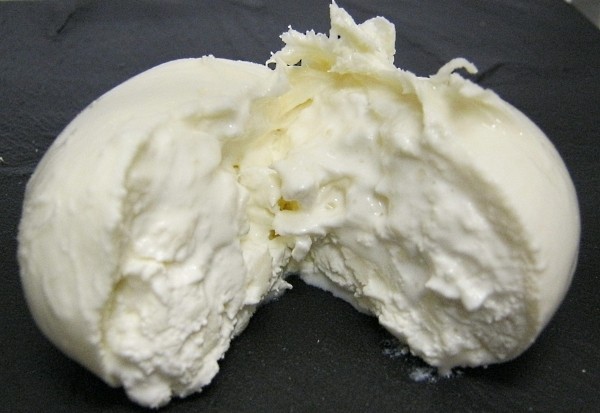
Photo by melburyandappleton.co.uk
Origin:: Italy
Commonly used in: Salads and pasta
Burrata is a fresh Italian cheese made from mozzarella and cream. It has two parts – the exterior which is made from pure mozzarella (hence, the harder texture) and the interior which is mozzarella and cream (hence, the softer texture). Burrata is known to have that milky and buttery texture which adds that richness to dishes. It’s best consumed within 24 hours to make sure that it’s still fresh.
2. Parmesan Cheese
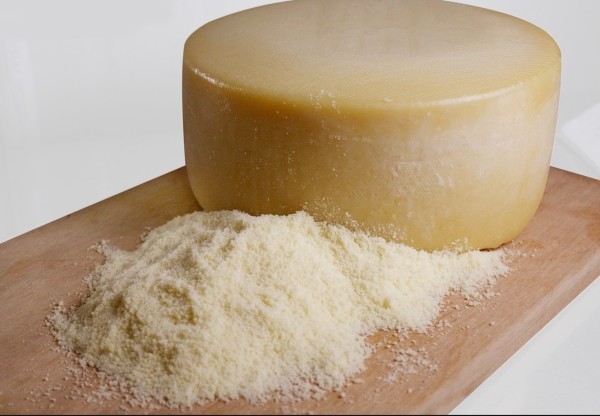
Photo by zacmeat.com.sg
Origin:: Italy
Commonly used in: Pastas, soups, and risotto
Parmigiano Reggiano or Parmesan Cheese is one of the Italian’s greatest food contributions in the world. It’s a hard and granular cheese which is made from the milk of a cow which only grazed in fresh grass and hay. The taste is somewhat fruity and nutty at the same time and is usually grated and served as toppings in most pasta dishes. For a cheese to be considered parmesan, it must only be produced in Italy; as declared by the European Court of Justice in Luxembourg.
3. Gruyere
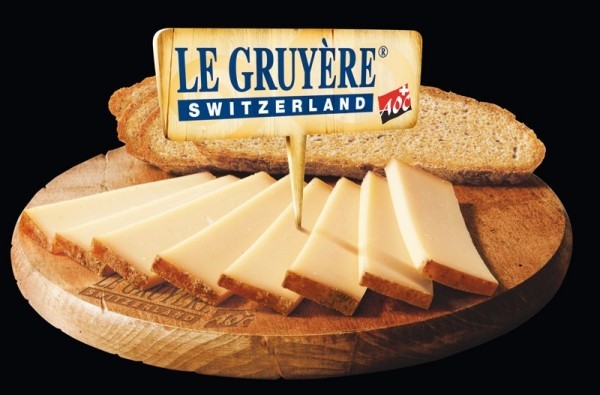
Photo by bcnswim.com
Origin:: Switzerland
Commonly used in: Fondue sauce, gratin, quiche, onion soup
Gruyere is a Swiss cheese which is named after the town where it was produced. You can say that it’s a special kind of cheese because its taste evolves as it ages – first, it’s somewhat fruity and later on becomes earthy. Since it adds a distinct but not overpowering taste to the dishes, this type is commonly used as baking ingredient.
4. Camembert

Photo by commons.wikimedia.org
Origin:: France
Commonly used in: Crackers (as topping)
Camembert is a type of soft white cheese which originated in Normandy, France. It is produced by mixing a cow’s raw milk with bacteria to turn it to curd. Once it has achieved this form, it’s stored in special moulds where the whey is drained from the cheese. To finish the process, a white fungus is added to make the rind (outer layer) snowy white. Its taste is creamy and buttery while the texture can be quite crumbly.
5. Feta Cheese

Photo by savvycompany.ca
Origin:: Greece
Commonly used in: Traditional Greek salad and sandwiches
To earn the right to be called Feta, law states that the cheese should be manufactured from these specific regions in Greece - Macedonia, Thrace, Thessaly, Central Mainland Greece, the Peloponnese and Lesvos. To create this healthy cheese, goat and sheep’s milk are mixed and curdled before it’s soaked in brine. This makes the taste saltier and a bit tangy at the same time.
6. Cheddar Cheese

Photo by guycodeblog.mtv.com
Origin:: England
Commonly used in: Pasta dishes and lasagne
In the earlier times, cheddar cheese only came from a town in England called Cheddar. Since there was no law stating that this type of cheese can only be made there, it’s now produced worldwide. FYI, it’s the world’s most popular cheese. It can easily be distinguished by its off-white and sometimes, yellowish colour. It has a sharp taste which becomes stronger as it ages.
7. Brie
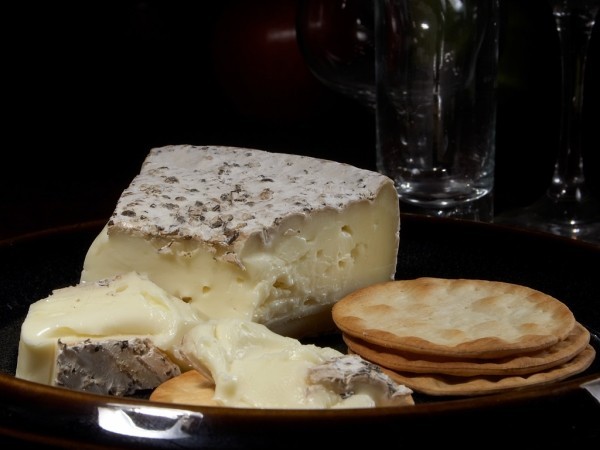
Photo by pdphoto.org
Origin:: France
Commonly used in: Desserts and crackers (toppings)
Known as the “Queen of Cheese”, Brie is a French cheese which is named after the region where it originated. It’s a type of soft white cheese and its taste varies according to the ingredients mixed with it. However, the main component remains the same – it’s made from whole or semi-skimmed cow’s milk.
8. Blue Cheese
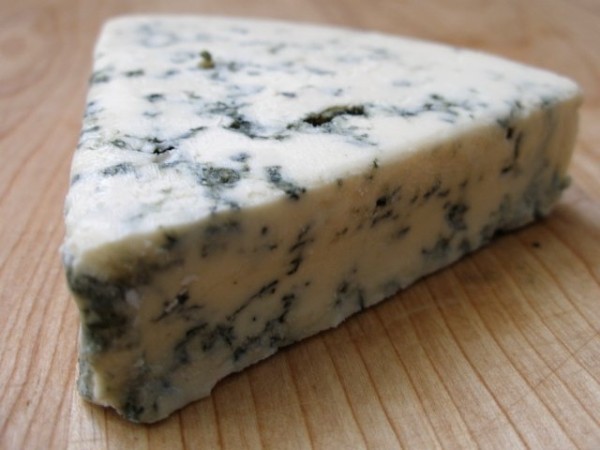
Photo by bettervapes.com
Origin:: Different countries
Commonly used in: Dressings, gourmet burgers, and appetisers
Blue cheese got its name from the blue, green, or grey veins (or sometimes, spots) which is found all over its body. This is because during production, the curdled milk is poked with a stainless steel rod to make tiny holes where oxygen can circulate. It also allows molds to grow inside the cheese, giving it that very distinct flavour and strong odour.
9. Cream Cheese
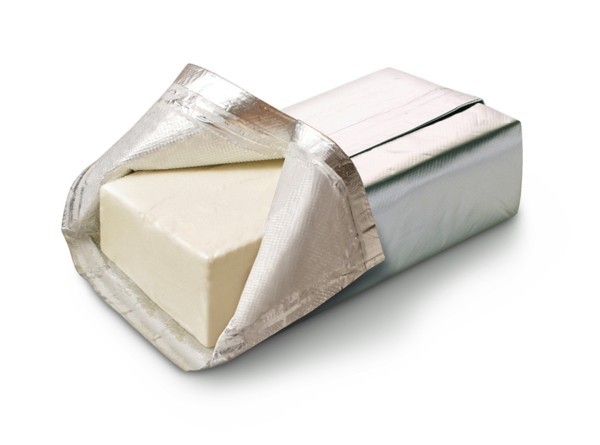
Photo by justapinch.com
Origin:: United States
Commonly used in: Desserts, frostings, dips, and cheesecakes
Said to be the creation of the Americans, cream cheese is made with the skimmed milk of the cow which is mixed with cream to give it its pale white colour and very soft texture. Considered to be one of the unhealthiest cheeses in the world, it has a very high fat content as compared to most cheeses. Its spreadable texture makes it a perfect accompaniment to breads and crackers.
10. Cottage Cheese

Photo by lifeandstyle.ca
Origin:: United Kingdom and the United States
Commonly used in: Fruit salads, toast, and vegetable salads
Cottage cheese is said to have gotten its name because in the earlier times, it was produced in cottages. The makers of butter would create this product from the leftover milk they had. It’s slightly lumpy (since it’s not pressed) and chunky; and it has a very mild but creamy flavour which complement the flavours of most fruits and salads.
See Also:
Enjoy delectable desserts here